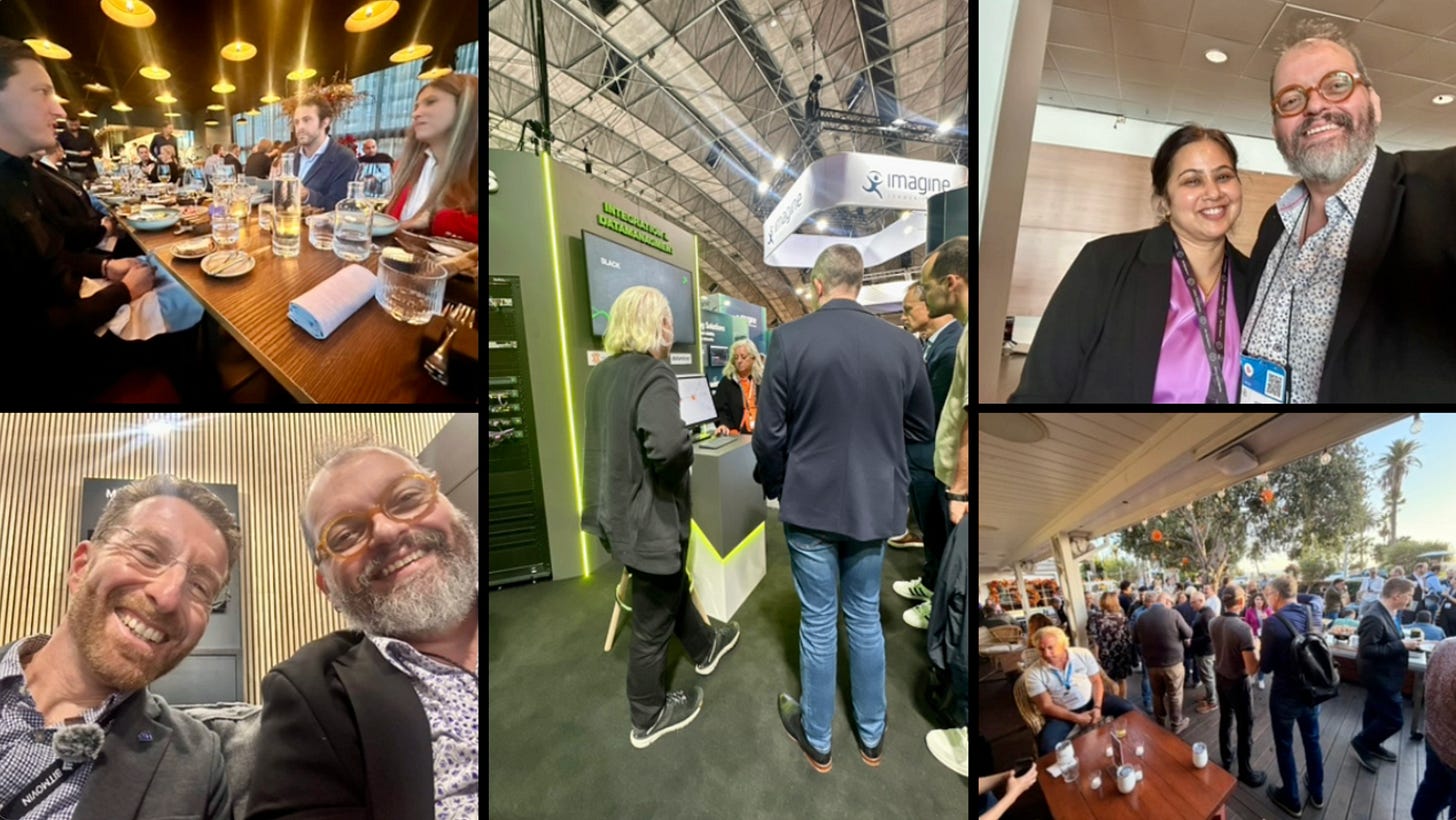Smaller Rooms, Clearer Signals
Why regional gatherings may matter more than global spectacles
The smaller conferences are where the signal still comes through. Streaming Media 2025 wrapped a few weeks ago in Santa Monica, where I served as conference chair this year, curating panels on AI, ad infrastructure, and the shifting shape of live production. A week later, SMPTE’s Media Tech Summit took over the conference center in Pasadena. It was part technical retreat and part standards workshop, with a gala dinner thrown in for fun. Neither had the spectacle of IBC in Amsterdam or the Vegas gloss of NAB, but that’s the point. Local shows strip the industry of its trade-show armor. The conversations get narrower, the audience smaller, and the truth sharper. You see what people are actually building, not what the marketing decks promised.
At the scale of NAB or IBC, the industry performs itself. Companies compete for attention with screens and slogans. It’s the world’s biggest mirror, reflecting a version of the future that feels just close enough to be real. Step into a regional eve…
Keep reading with a 7-day free trial
Subscribe to Andy Beach's Engines of Change to keep reading this post and get 7 days of free access to the full post archives.


